
Want to hear from us?
Sign up to receive our latest email news, offers and updates.
News and Events
August 02, 2022Ten kinds of foods to improve the immunity of dogs and their eating methods
Cranberry Cranberry is rich in antioxidants and low in calories. Antioxidants can help cells regenerate faster by protecting them from harmful free radicals. Cranberries also contain a lot of vitamins, such as vitamins C, a and K. These vitamins enhance the dog's heart health and support its bone strength.
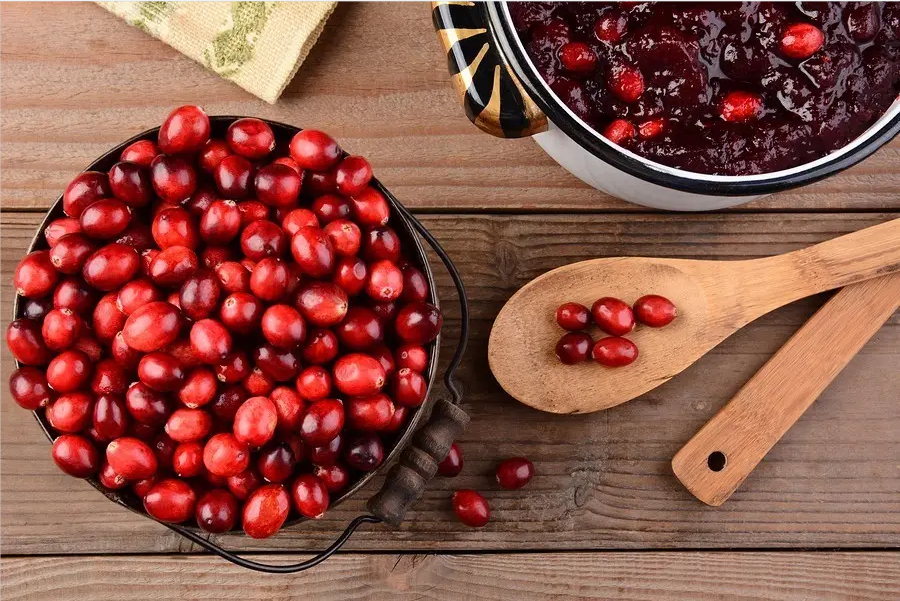
In addition to these, cranberry, a super food, is also considered to be an effective method for the treatment of urinary tract infections (UTIs). So if your dog has urinary tract infection, you can give it some cranberries. How to feed cranberries? Dogs can eat cranberries in various forms: raw, powdered, pills and juice. Giving them raw or powder directly is the easiest way. Cranberry juice is also an option, but many commercial juices contain high levels of sugar and are not suitable for dogs, so when choosing liquid form, it is best to make your own juice. If you want to feed your dog fresh cranberries, medium and large dogs can directly give one, small dogs, and cut the cranberries in half. If you think tablets or capsules are a better choice, remember that 400 mg capsules per 20 pounds per day are the best way to enhance the immune system of dogs.
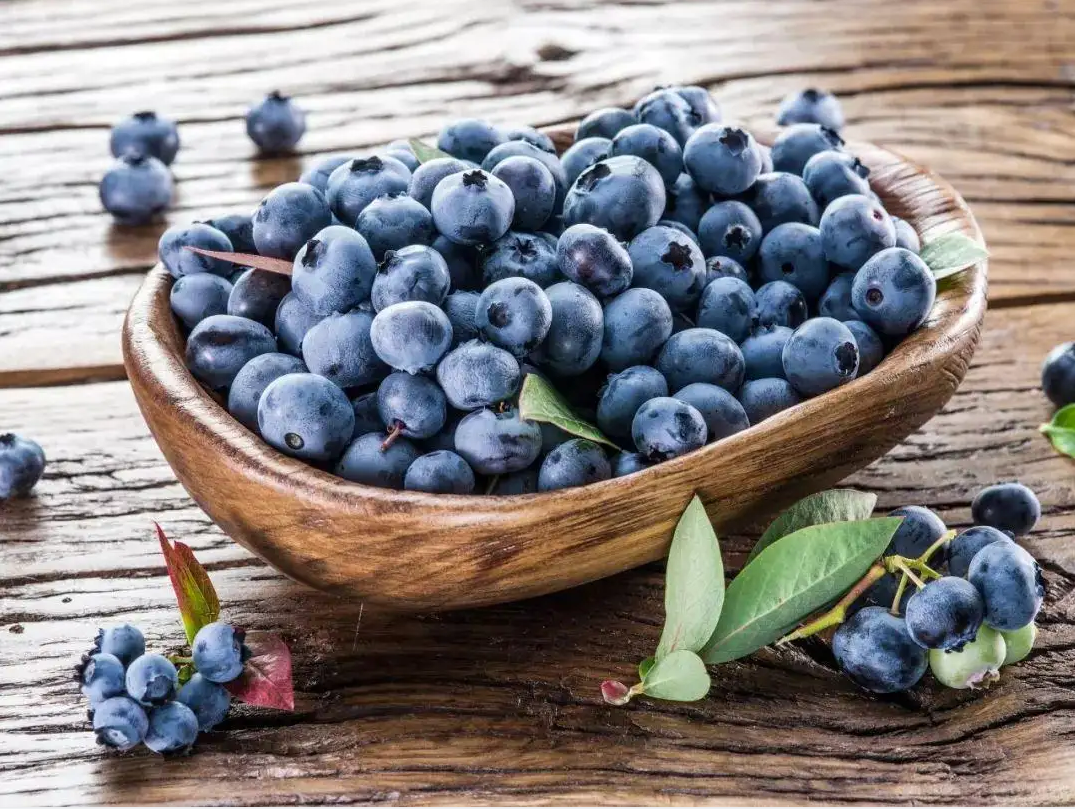
Blueberry blueberry is rich in fiber and antioxidants, as well as vitamins C and K, which help prevent colon cancer, heart disease and obesity. For an older dog, blueberries can slow aging and memory loss. How to feed blueberries? The most beneficial way to eat blueberries for dogs is to keep the original flavor. Wash them thoroughly to avoid glyphosate. Similarly, a handful of blueberries is enough for a medium-sized dog. For smaller dogs, the amount of food they feed is correspondingly smaller.
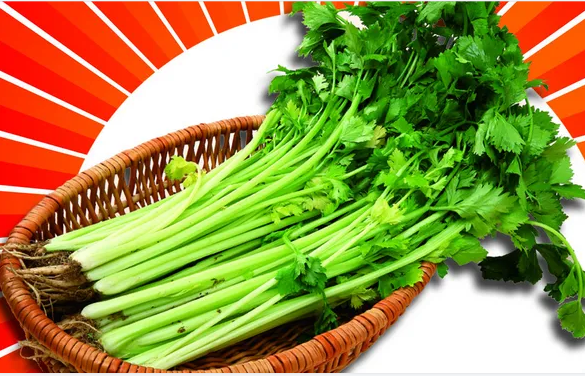
Celery celery is considered to be very healthy and nutritious. In fact, your dog can also benefit from this powerful green vegetable. Celery is rich in fiber, calcium, iron, potassium, vitamins A, B, K, C, e and D, and its calorie content is also very low. Celery can not only strengthen the immune system and prevent diseases, but also improve your dog's teeth and breathing, and help it eliminate toxins in the body. How to feed celery? The best way to preserve all the nutritional value is to eat it raw, but you can also steam it. Eating raw celery can even help clear the tartar accumulated on your dog's teeth. Give the dog a stem and let him chew it several times a week.
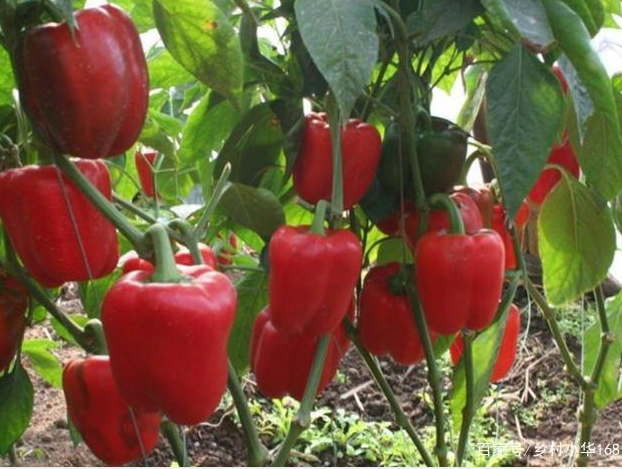
lantern pepper lantern pepper has high nutritional value for people and dogs. This vegetable is rich in vitamins and minerals and low in calories; It contains four times as much vitamin C as oranges; Lantern pepper contains powerful antioxidants and has a strong therapeutic effect; Bell pepper can help improve your dog's cardiovascular system and protect her from free radicals. How to feed bell pepper? First of all, when buying bell peppers, you must buy red and mature ones. Compared with yellow and green ones, they contain more vitamins and minerals. Secondly, in order to avoid potential digestive problems, it is best to peel and seed them. The best way is to mix them with the dog's daily food. Before adding the food, steam them slightly and then mix them together, which can help improve the digestive ability of the food. In addition, by following the rule of adding less than 10%, your dog will enjoy all the benefits without the risk of digestive problems. Note: bell pepper is a part of Solanaceae Vegetables (including tomatoes, eggplants and potatoes). Solanum plants contain solanine, which can aggravate inflammation, so if your dog has arthritis, it's best not to eat it.
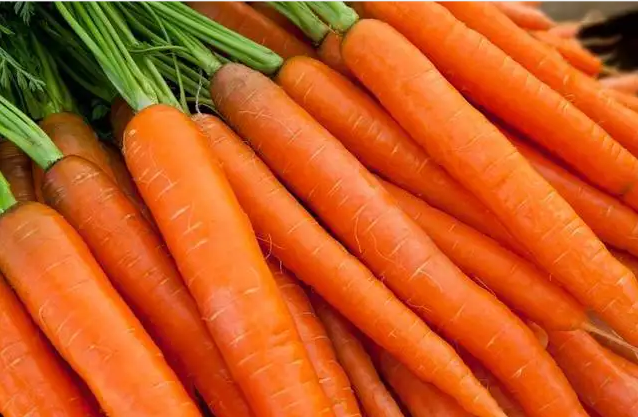
Carrots carrots, sweet and delicious vegetables, are a great source of vitamins for your dog. Carrots are rich in fiber and antioxidants. They contain vitamin A, which is crucial to the overall health of humans and dogs. Carrots can promote bone growth and tooth health. Carrots also contain a lot of essential minerals, which help promote eye health and reduce radiation damage. How to feed carrots? If you have a medium-sized dog, give it a whole carrot to chew; If you feed small dogs, you can slice them to prevent choking. Carrots can be eaten raw or boiled a little. Cooked carrots retain most of the nutrients, but they are not as good for dogs' teeth as raw carrots. Note: dogs eating raw carrots are prone to indigestion. 6 broccoli broccoli has high content of fiber and vitamin C, low fat and calories;
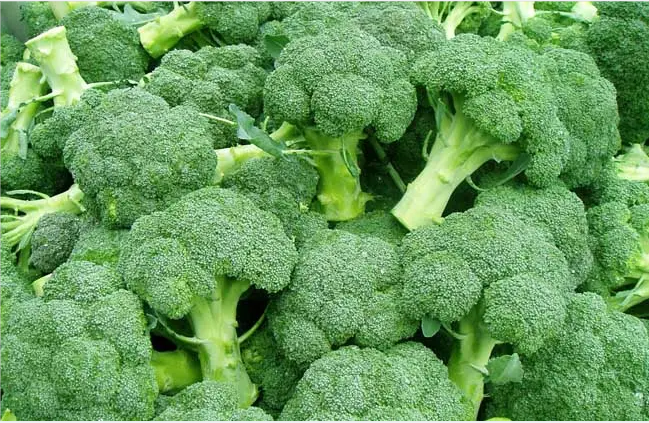
Broccoli is also an important source of potassium, calcium and iron. These minerals help fight diseases and enhance overall health; Broccoli is a good immune booster as long as you don't eat too much. How to feed broccoli? Eating broccoli raw is difficult to digest, so steaming or boiling may be better. Add broccoli directly to pet food after cooking. 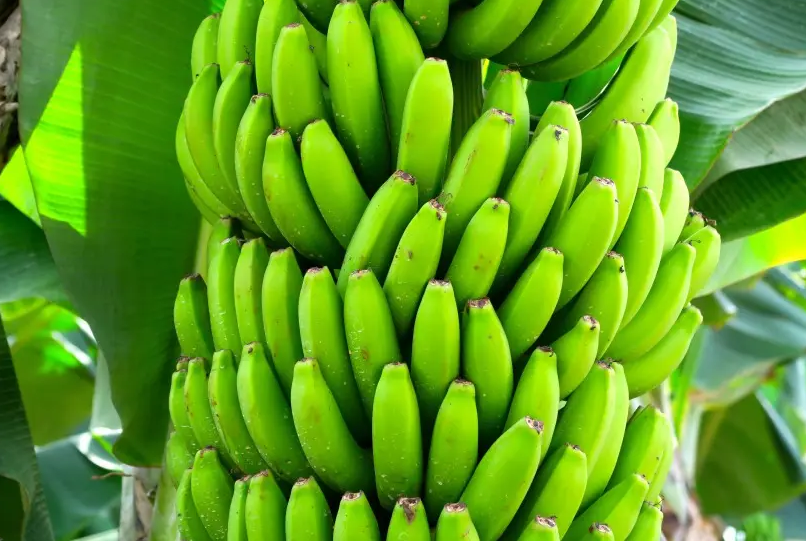
Bananas bananas are one of the healthiest foods for dogs, which is why many natural dog foods contain them. Banana is a natural source of fiber, potassium, copper, manganese and vitamins B and C. potassium can keep bones strong, blood vessels elastic and healthy; Other compounds in bananas will ensure that dogs have a strong immune system and regular intestinal movement. How to feed bananas? Eating bananas directly is a good choice. You can also make snacks for dogs. Bananas will bring a special taste and rich nutrition to snacks. Note that bananas are high in sugar, so you should eat them at intervals rather than every day. Medium and large dogs can eat half a banana several times a week. On the other hand, small dogs should eat smaller ones.
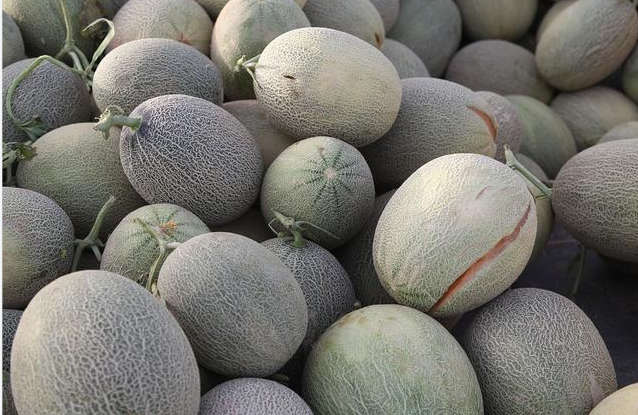
Honey melon is the best choice in summer because they contain a lot of water. This orange melon is rich in vitamin C, vitamin A and carotene; Hami melon also contains potassium, fiber and folic acid; Hami melon has anti-inflammatory and antioxidant properties, which makes it a good food for dogs; Especially for old dogs, cantaloupe is a good food to improve vitamin C level and overall health. How to feed Hami melon? Hami melon is sliced and peeled. Its peel may contain mold or carry potentially harmful bacteria. It also needs to be seeded, because the seed is a little hard for the digestive system of dogs. Then slice and cut into small pieces, and feed a small amount at the beginning. Eating too much may cause diarrhea in dogs, so pay attention to observation when feeding Hami melon.
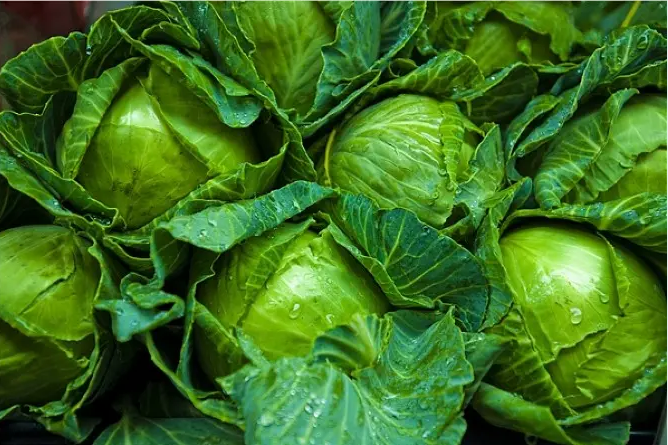
cabbage eating an appropriate amount of cabbage is very beneficial to your dog, but dogs will fart if they often eat this vegetable, but it is still a very healthy food for dogs. Cabbage contains antioxidants, which are essential for building a strong immune system; It is also rich in fiber, which is conducive to digestion; Some compounds found in cabbage have also been shown to prevent certain types of cancer; Cabbage can also improve your dog's skin and fur by promoting the production of keratin. How to feed cabbage? Cabbage can be eaten raw or cooked. Some people think boiled cabbage is better for the digestive system of dogs, but raw cabbage is also good. The amount of cabbage depends on the production process. If you decide to give your pet raw, give it small pieces and feed them appropriately, because your puppy may need some time to adapt to the taste; After cooking, cabbage can be eaten in large portions.
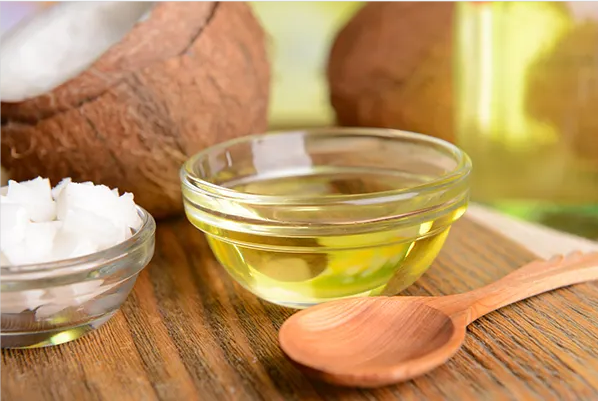
coconut oil is also good for dogs. Coconut oil contains healthy medium chain fatty acids, which can enhance the immune system; It can help control weight, disinfect wounds, and even help allergies and skin conditions; More miraculously, coconut oil can also be used to clean teeth and repel fleas and ticks; Adding a little coconut oil to dog food can promote brain function and improve cognitive function of dogs. How to eat coconut oil? Simply add it to your dog's diet. Most dogs like this flavor. However, the key is to start with a small amount until the dog gets used to it, and then slowly increase the dose until the optimal dose is reached - 1 teaspoon per 10 pounds of body weight per day. It can also be used locally. Take a little coconut oil, warm it with your hand, and then rub it on the dog's skin, because coconut oil has natural antiviral, antibacterial and antifungal properties.
Remember, dogs digest food differently from people. They prefer carnivores among omnivores, so they don't need so many vegetables and fruits. The ideal intake is 10% of the daily food intake of dogs.

Want to hear from us?
Sign up to receive our latest email news, offers and updates.
